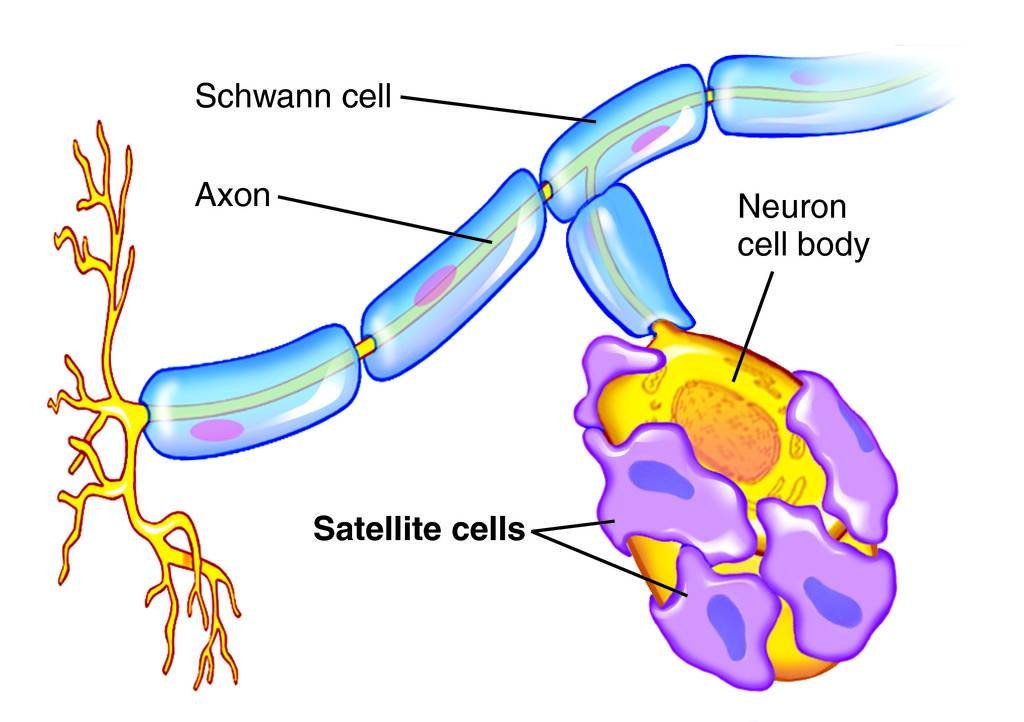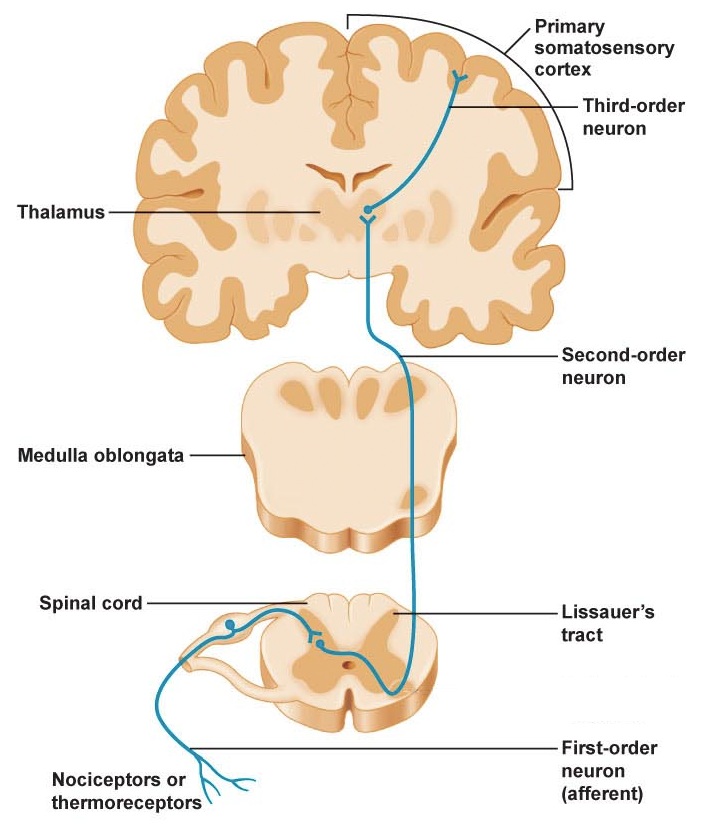Answer: Lidocaine is a voltage-gated sodium channel inhibitor.
When a painful stimulus is applied to the peripheral nervous system, nociceptors will be activated and send action potentials towards the central nervous system. These action potentials depend on the flux of sodium ions into the cell via voltage-gated sodium channels. By inhibiting voltage-gated sodium channels, lidocaine prevents the sensory neuron-derived pain signals from propagating into the central nervous system, where painful sensations are processed.
Lidocaine is often used as a local anesthetic. Several different preparations of lidocaine exist. A numbing spray can be used for short term topical analgesia, while a liquid injectable preparation is used for longer lasting pain inhibition.
In dentistry, lidocaine is often injected into the gums immediately around the area where the dental work is being performed. It is preferred in dentistry because the analgesic effects occur within minutes after treatment. The analgesia often persists for hours.
Lidocaine was developed as a substitute for cocaine, a different drug with a similar capacity to block voltage-gated sodium channels. Cocaine was used as a surgical anesthetic before the development of lidocaine, but was later discontinued because of the high abuse and addiction potential of the drug.
Lidocaine is mostly metabolized, or broken down, by the liver.
Lidocaine is readily available for purchase to alleviate discomfort.










